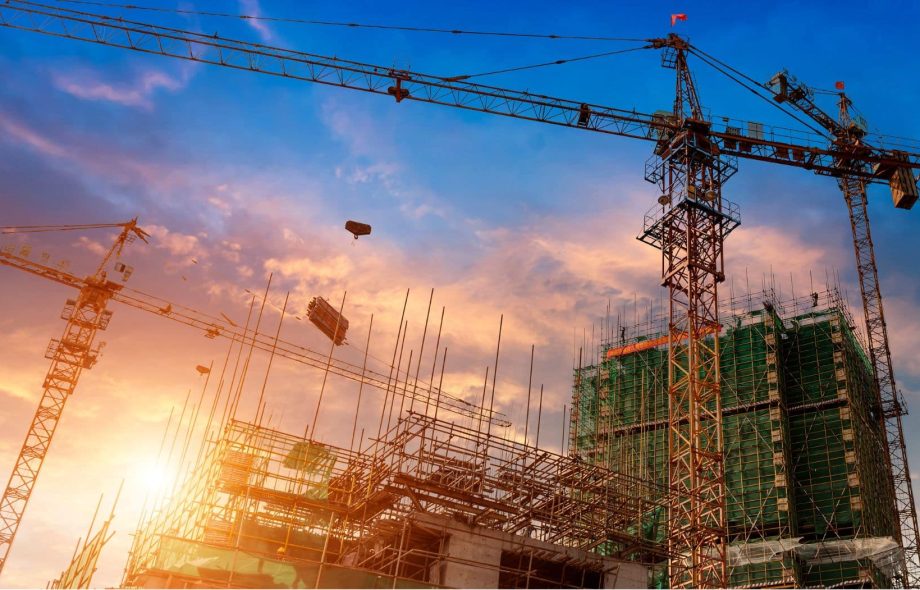Pakistan’s construction sector has witnessed remarkable transformation over the past two decades. Fueled by population growth, urbanization, infrastructure demand, and economic reform, the industry now represents one of the country’s most dynamic and promising sectors. For investors, developers, and policymakers alike, understanding the factors driving this expansion is crucial to navigating the future of the construction business in Pakistan.
Historical Background
Historically, construction in Pakistan has been closely tied to government spending on infrastructure, particularly roads, railways, and housing. In the early 2000s, major projects under the Public Sector Development Program (PSDP) laid the foundation for growth. The influx of foreign direct investment (FDI), especially under the China-Pakistan Economic Corridor (CPEC), provided further momentum during the 2010s.
Key Drivers of Growth
1. Urbanization and Population Growth
Pakistan’s population exceeds 240 million and continues to grow at over 2% annually. This rapid growth fuels demand for residential, commercial, and industrial infrastructure. Urban centers like Karachi, Lahore, and Islamabad are experiencing real estate booms, prompting investment in high-rise buildings, gated communities, and smart city projects.
2. China-Pakistan Economic Corridor (CPEC)
CPEC has been a game-changer for the construction industry. With over $60 billion in investments, the initiative has resulted in highways, energy plants, and economic zones being developed across Pakistan. Local companies have partnered with Chinese firms, creating a ripple effect across the construction business in Pakistan through technology transfer, capacity building, and job creation.
3. Government Policies and Housing Initiatives
The PTI government’s “Naya Pakistan Housing Scheme” aimed to build 5 million affordable housing units. Though ambitious, this scheme highlighted the need for public-private collaboration in the sector. Incentives such as tax relief, amnesty for undeclared assets invested in construction, and reduced interest rates for housing loans have created favorable conditions for builders and developers.
4. Foreign and Local Investment
There has been a noticeable rise in investment from overseas Pakistanis in real estate. Remittances often find their way into construction projects, especially residential developments. At the same time, local investors and private equity firms have begun financing large-scale housing societies, shopping malls, and industrial parks.
Sector Composition
Pakistan’s construction industry is multifaceted. Key segments include:
Residential Construction – Apartments, houses, and housing societies.
Commercial Construction – Office buildings, retail centers, and hospitality infrastructure.
Industrial Construction – Warehouses, factories, and power plants.
Infrastructure Development – Roads, bridges, dams, and railways.
Construction is deeply linked with allied sectors such as cement, steel, bricks, glass, tiles, electricals, and plumbing materials, creating a multiplier effect across the economy.
Opportunities for Business
For entrepreneurs and investors, the construction business in Pakistan presents several lucrative opportunities:
1. Affordable Housing
With a national housing shortfall of 10 million units, there is immense potential in developing low to mid-income housing using cost-effective and eco-friendly construction methods.
2. Green and Sustainable Buildings
Environmental awareness is growing, and demand for LEED-certified buildings and energy-efficient designs is increasing. Businesses offering green construction solutions have a competitive edge.
3. Smart Cities and Technology Integration
The emergence of smart cities like Capital Smart City near Islamabad has created demand for advanced construction technologies including Building Information Modeling (BIM), IoT-based smart home systems, and AI-driven project management tools.
4. Prefabricated and Modular Construction
With cost-saving and time-efficient benefits, prefabricated construction is gaining traction. Companies that can provide high-quality modular units stand to gain a first-mover advantage.
Challenges and Constraints
Despite its growth, the sector faces several hurdles:
1. Regulatory Complexity
Obtaining construction permits, complying with zoning laws, and navigating taxation policies can be time-consuming and opaque. This slows down projects and discourages formal sector participation.
2. Skilled Labor Shortage
While there is abundant unskilled labor, the sector suffers from a shortage of trained architects, engineers, project managers, and technicians. Vocational training programs are needed to bridge the skills gap.
3. Access to Financing
Small and medium construction businesses often struggle to access bank loans due to high collateral requirements. While microfinance options are expanding, broader credit availability is essential for sustained growth.
4. Volatility in Raw Material Prices
Fluctuations in the cost of cement, steel, and other essential materials can significantly impact project profitability. Many businesses struggle to hedge against price instability.
Government Support and Reforms
Recent government initiatives have played a vital role in boosting confidence in the construction sector:
Fixed Tax Regime for builders and developers has simplified compliance.
One-Window Operation introduced in major cities to streamline project approvals.
State Bank of Pakistan’s Financing Scheme for low-cost housing to improve affordability.
Construction Package during COVID-19 pandemic offered tax breaks and legal cover to investors.
If maintained and improved, these reforms can further legitimize and expand the formal construction business in Pakistan.
Future Outlook
Pakistan’s construction industry is poised for continued expansion over the next decade. According to the Pakistan Bureau of Statistics (PBS), the construction sector contributes over 2.5% to GDP directly and supports nearly 40 allied industries. The World Bank estimates that housing demand will increase by 400,000 units per year, driven by youth population and urban migration.
With digitalization, public-private partnerships, and better regulatory frameworks, the sector could become one of the largest employers and contributors to Pakistan’s economic growth.
Conclusion
The construction business in Pakistan stands at a pivotal moment. With the right mix of investment, policy support, innovation, and skill development, the sector can unlock massive economic and social benefits. Whether you’re a local entrepreneur seeking growth, an overseas investor evaluating opportunities, or a policymaker designing incentives, understanding the evolving dynamics of Pakistan’s construction industry is essential for making informed decisions. The sector not only builds infrastructure—it builds the future of Pakistan.
 :
https://www.pinterest.com/
:
https://www.pinterest.com/

